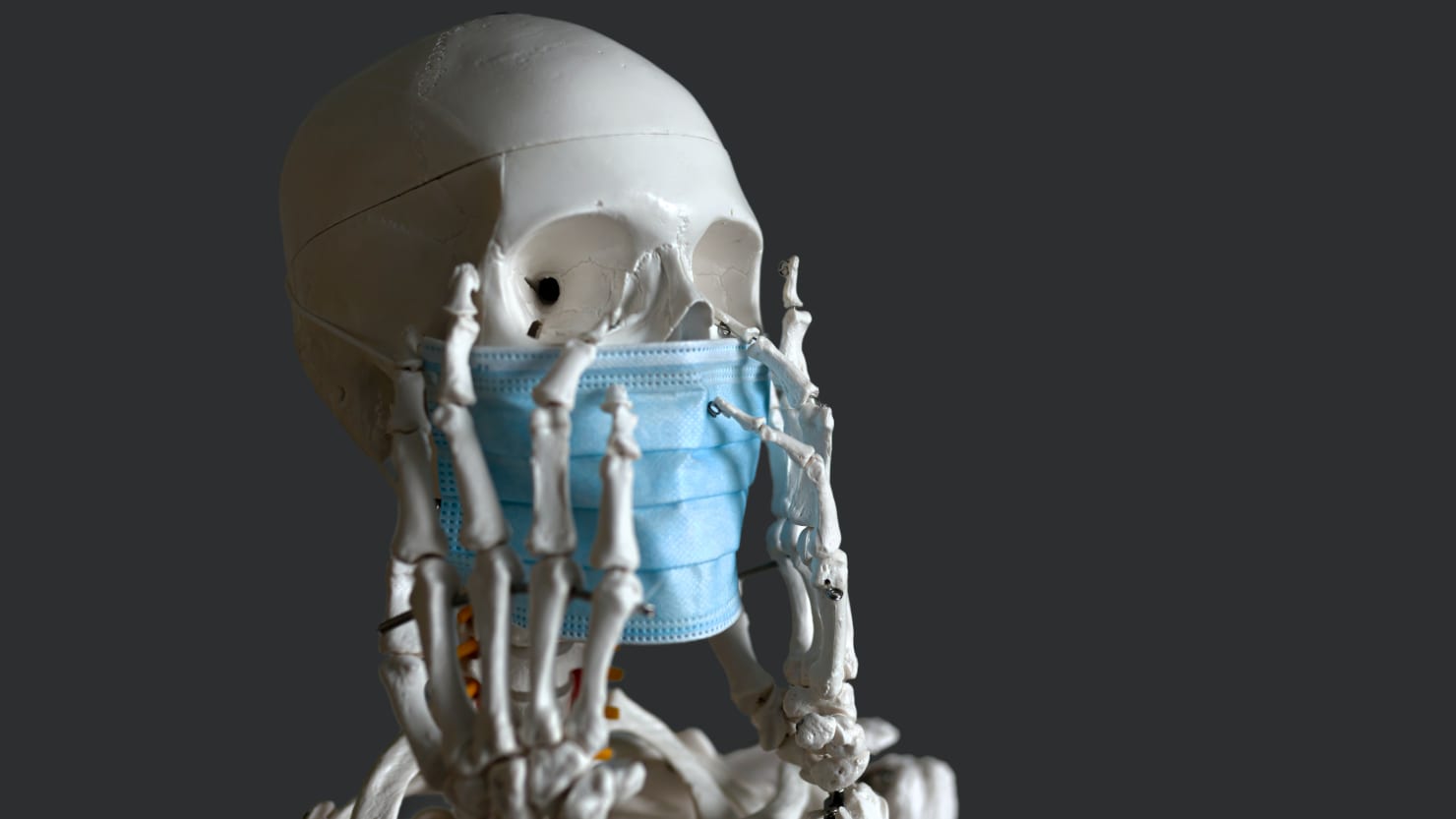Hospitalizations and deaths from COVID-19 are on the decline following a winter wave of XBB.1.5, a recent Omicron subvariant—but we’re not out of the woods just yet. Researchers are warning about a potential “second wave” of death in the pandemic from conditions associated with long COVID such as lung scarring that destroys the tissue, air sacs, and tiny blood vessels in the lungs.
Scarring leads to a permanent inability for the lungs to carry oxygen and can lead to heart failure if severe. Many questions remain about why certain patients develop this condition, called lung fibrosis, and whether it can be prevented and reversed before they require lung transplants.
Luckily, there’s new hope. A new study led by Stanford University researchers highlights an underlying genetic cause for long COVID fibrosis—and was able to prevent it from developing in mice. The study was published on Feb. 27 in the Proceedings of the National Academy of Sciences.
“This represents a much-needed model of post-viral induced lung fibrosis that is highly relevant to fibrotic lung diseases,” Harry Karmouty-Quintana, a pulmonary disease researcher at The University of Texas Health Science Center at Houston who was not involved in the research, told The Daily Beast. Understanding how severe cases of fibrosis arise in long COVID, he added, could help pulmonologists identify and treat these patients early.
While rare, over 200 lung transplants had been performed in the U.S. for severe, irreversible lung damage caused by COVID-19. And unlike other conditions that can require a lung transplant in years or decades, a December study found that long COVID can cause a person’s condition to deteriorate in months.
Treating this condition “poses a significant challenge to global health,” the authors write in the new study. But doing so, they add, is “essential to prevent a second wave of late mortality associated with this pandemic” among people with fibrosis due to COVID-19.
Genetics likely plays a prominent role in this condition, Karmouty-Quintana said. A set of genes drive the repair of damaged cells, and in the case of a better-studied condition like idiopathic pulmonary fibrosis, it’s the overactivity of certain genes that causes harmful scarring.
In the new study, the researchers genetically sequenced lung samples taken from five long COVID patients who required lung transplants and compared them to sequencing done on lung samples from controls of people who died from unrelated causes. The form of sequencing they used allowed them to quantify the activity of different genes. Ultimately, they found that the development of long COVID-associated fibrosis seemed to be triggered by an overactivation of the innate immune system—the body’s first responders to infection that can bring about nonspecific, widespread inflammation in their efforts to incapacitate an invader.
Next, the researchers created mice carrying human lung organoids, which are three-dimensional clusters of human cells. They then infected these mice with an engineered version of SARS-CoV-2 and gave them a drug that damaged their lungs to recreate a mouse model of long COVID fibrosis. After two weeks, the researchers treated the mice with a combination of two antibodies to block genes associated with innate immunity in order to tamp down the overreaction believed to cause lung scarring.
Four weeks later, the antibody-treated mice’s fibrosis reversed, restoring their lungs to normal appearance and function compared to untreated mice. These antibodies could represent potential therapeutic targets, the authors wrote, though future tests in humans are needed.
Karmouty-Quintana said that additional studies should look at rats, which are considered the field’s standard when it comes to respiratory viruses. Additionally, these findings could inform research into chronic respiratory problems stemming from other viral infections, as these, too, have been associated with the innate immune system. The eventual goal, he added, would be to prevent lung scarring before it becomes irreversible.
“There is an opportunity to intervene with treatments before patients progress to fibrosis—I think that’s exciting,” he said.





